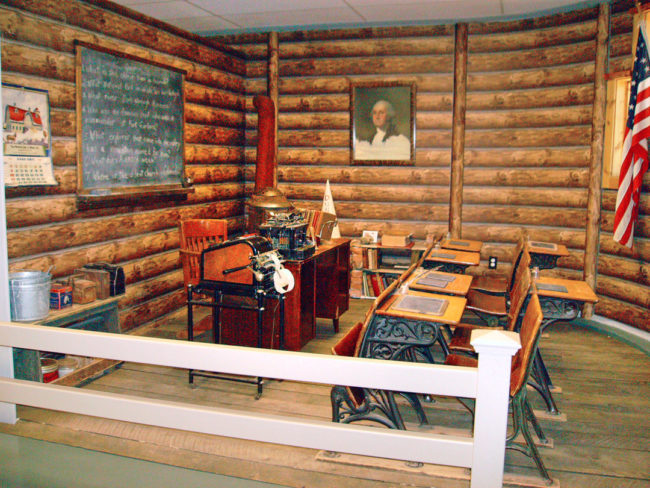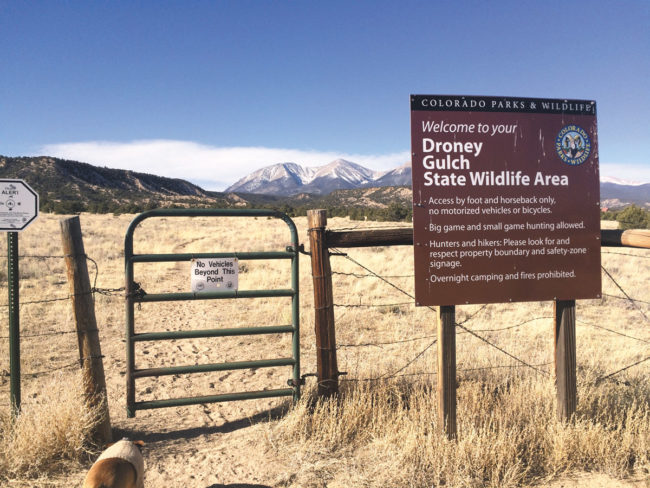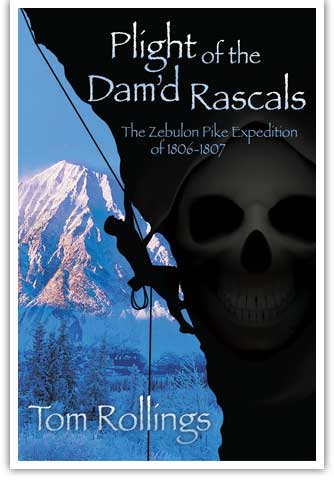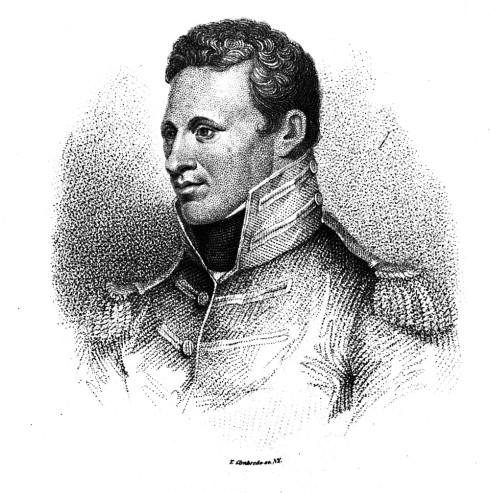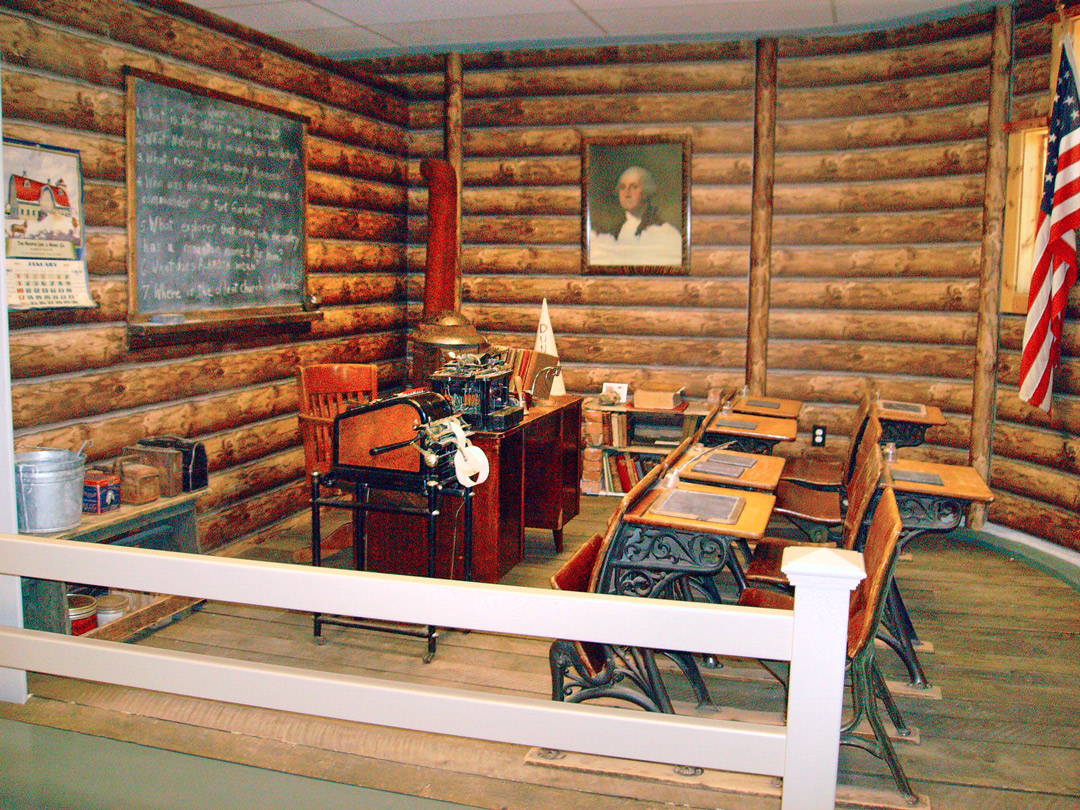
By Joyce Gunn
The San Luis Valley Museum is located in Alamosa, across the street from the fire department, at 401 Hunt Avenue. On the north side of the building is a mural depicting 96 or so images of various sites in the Valley as well as many of the people who had an impact on the Valley’s history. Stop by and we’ll be happy to give you an informational guide to the mural.

